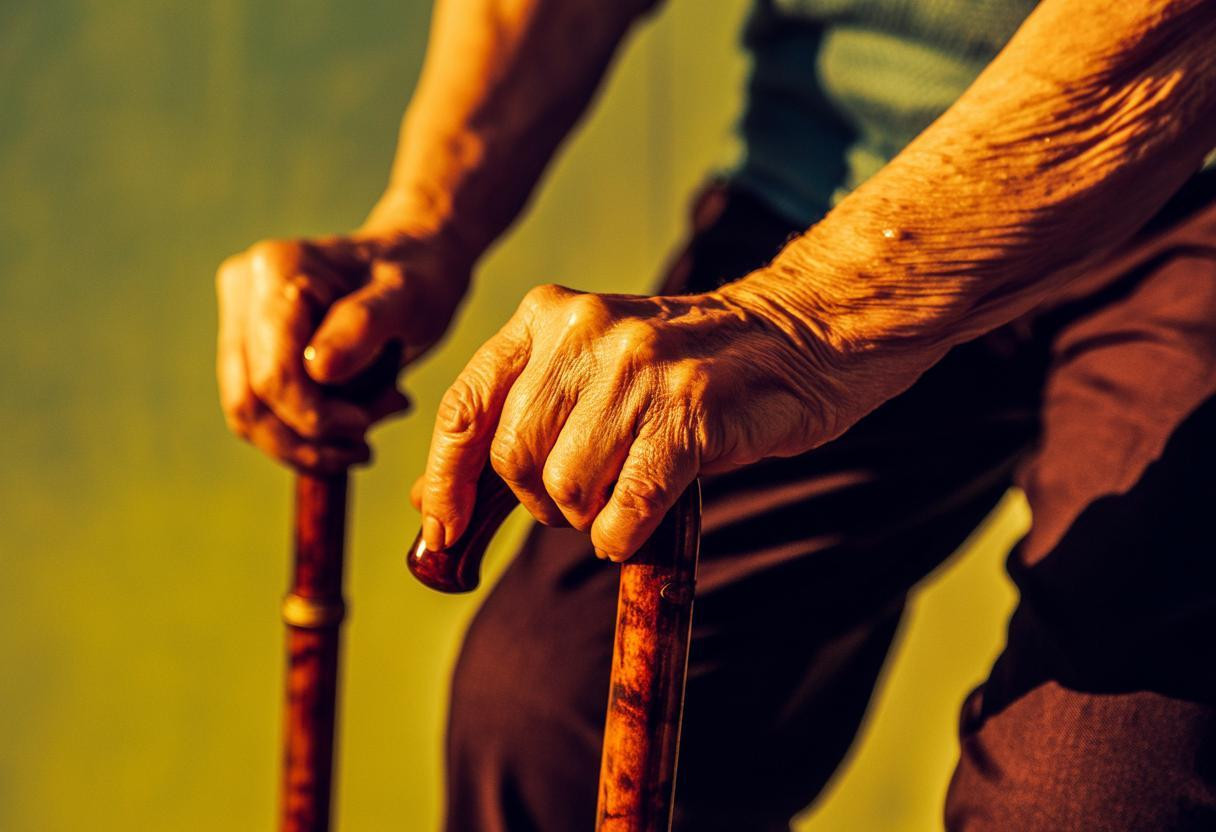That sudden dizziness when your 72-year-old grandmother bends over to pick up her purse isn’t just “getting older” – it’s a serious medical condition affecting 1 in 5 seniors that can lead to dangerous falls and life-threatening injuries. Medical experts are now calling orthostatic hypotension the “silent epidemic” among older adults, with new research revealing shocking insights about why this happens and what can be done to prevent it.
The hidden cardiovascular crisis striking millions of seniors
Orthostatic hypotension occurs when blood pressure drops dramatically during rapid position changes, causing blood flow to the brain to plummet by up to 40% within seconds. Unlike younger adults whose bodies automatically adjust, seniors experience a cascade of age-related failures in their cardiovascular system.
Recent studies show that nearly 20% of adults over 65 experience this condition, yet most don’t realize they have it until they suffer a serious fall. The condition becomes even more dangerous when combined with common medications like blood pressure drugs and antidepressants.
“What we’re seeing is a perfect storm of physiological changes that make seniors incredibly vulnerable to sudden blood pressure drops,” explains Dr. Sarah Chen, a geriatric cardiologist at Johns Hopkins. “Their bodies simply can’t compensate fast enough.”
Why aging bodies fail the bending test
The autonomic nervous system breakdown
As we age, our baroreflex sensitivity decreases by up to 50%, meaning the body’s automatic blood pressure regulation system becomes sluggish. When seniors bend over quickly, their hearts can’t pump fast enough to maintain adequate blood flow to the brain.
This neurological decline is compounded by reduced muscle mass in the legs, which normally helps pump blood back to the heart. Without this “muscle pump” working efficiently, blood pools in the lower extremities during position changes.
The medication multiplication effect
Perhaps most concerning is how common medications amplify this problem. Diuretics increase the risk by 3-fold, while antidepressants and nitrates create a dangerous cocktail that can cause catastrophic blood pressure drops.
Many seniors take multiple medications that individually might cause mild dizziness, but together create a synergistic effect that dramatically increases fall risk. This is particularly relevant for those dealing with common health issues affecting seniors’ daily comfort, as managing multiple conditions often requires complex medication regimens.
Revolutionary prevention strategies that actually work
The most effective interventions aren’t high-tech solutions – they’re surprisingly simple lifestyle modifications that can reduce blackout episodes by up to 70%. The key is understanding that prevention starts with recognizing early warning signs.
New research reveals that seniors who experience unexplained cognitive changes or frequent falls may actually be suffering from undiagnosed orthostatic hypotension, similar to how balance changes in seniors that may indicate serious health conditions can signal underlying neurological issues.
Immediate action steps for safer daily living
The 30-second rule
Before standing from any bent position, seniors should pause for 30 seconds and perform leg muscle contractions. This simple technique activates the muscle pump and prepares the cardiovascular system for the position change.
Strategic hydration timing
Drinking 500ml of water 30 minutes before activities that involve bending can increase blood volume enough to prevent dangerous drops. This is particularly important in the morning when dehydration from sleep compounds the problem.
Smart wardrobe choices
Compression stockings and supportive footwear play crucial roles in maintaining circulation. Research shows that footwear choices that support better posture and stability can significantly reduce orthostatic episodes by improving overall balance and reducing the need for rapid position changes.
The economic reality behind this health crisis
Falls related to orthostatic hypotension cost the healthcare system over $20 billion annually in the United States alone. More importantly, these falls rob seniors of their independence and quality of life, often marking the beginning of a downward spiral toward institutionalized care.
Early intervention and proper management can prevent most of these devastating outcomes, making awareness and education critical for families and caregivers.
What this means for your family’s future
Understanding orthostatic hypotension isn’t just about preventing falls – it’s about preserving independence and dignity in our later years. The simple act of rising slowly could be the difference between maintaining an active lifestyle and facing life-altering injuries. Every senior deserves to know these warning signs and prevention strategies before they become another statistic in this silent epidemic.
